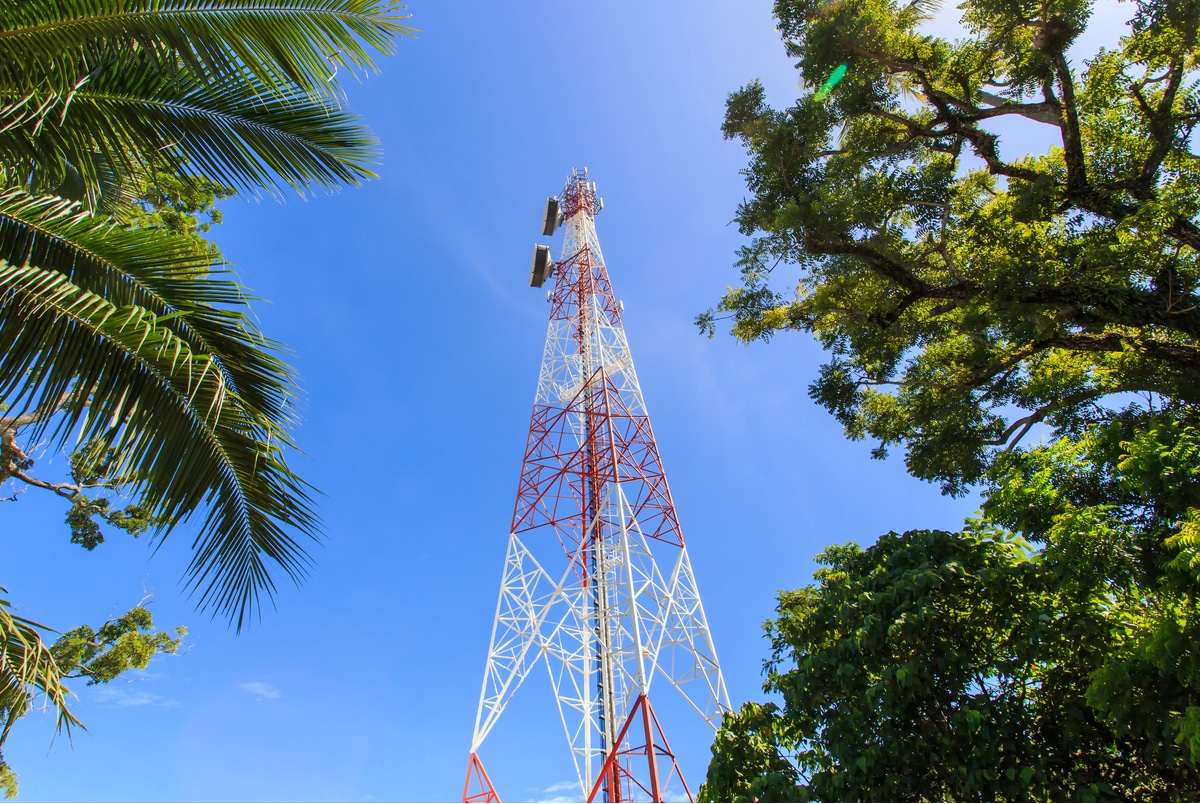
The accessibility of broadband plays a crucial role in propelling the socio-economic status of countries around the world. Connectivity ensures a free flow of information and empowers innovative processes. The World Summit of Information Society (WSIS) emphasises telecommunication services' vitality in achieving the Sustainable Development Goals (SDG). Particularly, Goal 10: Reducing Inequality, which naturally includes the presence of the digital divide. Tommaso Valletti, Professor of Economics at Imperial College Business School, states that the global technology divide is gradually narrowing; however, gaps within countries have increased in the last three decades. Thus, it becomes paramount to open discussions on how the division can quickly and efficiently be blurred to provide equal opportunity for people worldwide.
However, a lack of connection within a country does not indicate that it is underdeveloped or has a low gross domestic product (GDP). Some of the largest economies in the world, such as China, experience regions that are on the lower end of the digital divide spectrum. On the contrary, Somalia, defined as a developing country, has a robust telecoms infrastructure.
So, how do wireless technologies help close the digital divide, specifically in developing countries where resources and funds are limited?
Many regions in the developing world lack the physical infrastructure for traditional terrestrial forms of communication via copper or fibre optics, but what about wireless broadband alone? Is that enough for a community without a physical backbone to thrive off?
Fundamentally, wireless means of mobile technology, such as satellite, Wi-Fi, 3G/4G and microwave, demonstrate a cost advantage compared to the implementation of terrestrial infrastructure. For example, the cost of one kilometre of fibre per would typically be between US$20,000 and US$40,000, while wireless connectivity covering hundreds of kilometres could cost less than US$50,000; and those costs are reducing as wireless adoption increases. The installation of wireless broadband through a satellite connection may only require the assistance of a local engineer or even self-installation. Therefore, comparing that to terrestrial networks that require extensive groundwork and planning authority, and in turn, more time and money, it seems an obvious advantage. It also means that while governments may interfere or cut terrestrial networks, a disadvantage for areas with higher conflict or political unease, a wireless connection ultimately provides greater autonomy.
Given its cost advantages, wireless communication offers a cost-effective solution. In today's environment, technology is necessary for a high quality of life. These technologies allow governments to deliver valuable social services, such as healthcare or education, to people living in remote areas. Better healthcare and education indicate greater access to more advanced technology. Thus, not only can wireless broadband be a sustainable method of bridging the digital divide between regions, it can be enough to close a communities social and economic disparities successfully.